POWER OF



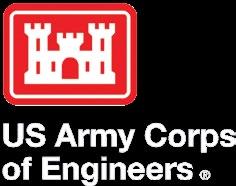
TO INNOVATION CONNECTING THE DOTS
Artificial intelligence is making dredging smarter
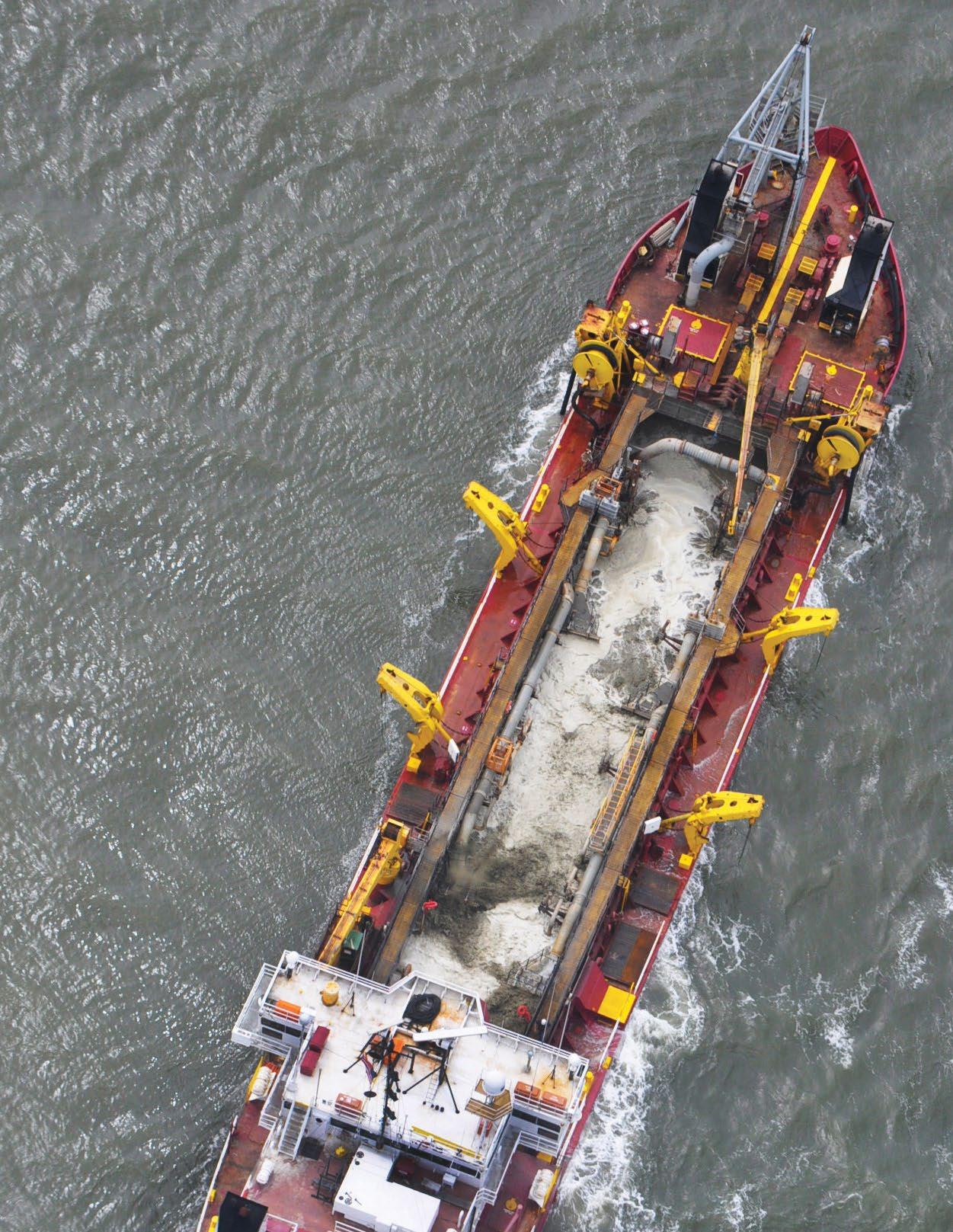

55th Chief of Engineers and Commanding General of the U.S. Army Corps of Engineers

Soon after taking command, I set forth a vision for your U.S. Army Corps of Engineers that would not only shape my years as the Commanding General but would, hopefully, fundamentally change the way others view research and development and the role it plays in engineering solutions for our Nation’s toughest challenges.

From climate change to warfighting, from over-extended infrastructure to cybersecurity, there are no shortages to the challenges we face. I also truly believe there are no shortages to the solutions we will discover. Innovation needs to be a part of every member of our organization. We are all committed to an era of bold new research and development.
This inaugural R&D newsletter is yet another part in not only spotlighting the tremendous research under way across our enterprise, but a tool to further support it. We must invest in the great work our engineers and scientists are doing across USACE. I believe that, in telling the USACE R&D story, we can encourage all team members to value the success we achieve.
Our mission has never been stronger. We are being called upon to deliver a historic program. And, while the challenges of the 21st Century are the greatest we have ever faced, I contend that our world-class people are some of the best and brightest we have ever seen. Let us meet those challenges head on, using innovation through Research and Development as our driver.
ESSAYONS! BUILDING STRONG! ARMY STRONG!
V/R
LTG S
LTG Scott A. Spellmon 55th Chief of Engineers Commanding General, USACEARMY STRONG, BUILDING STRONG!
Our mission is to deliver vital engineering solutions, in collaboration with our partners, to secure our nation, energize our economy, and reduce disaster risk.


I STRONGLY FEEL THAT TO ACHIEVE THIS VISION, WE MUST EXECUTE OUR COMPREHENSIVE RESEARCH & DEVELOPMENT STRATEGY TO MEET THE CHALLENGES OF THE 21ST CENTURY.
LTG SCOTT A. SPELLMON
55TH CHIEF OF ENGINEERS
COMMANDING GENERAL, USACECover photo by Billy Birdwell, U.S. Army Corps of Engineers


Dredging is the largest individual item in the USACE Civil Works budget, and traditionally there has not been a rigorously quantitative nor repeatable process for determining the most efficient and effective way to conduct maintenance dredging across hundreds of projects nationwide.
USACE spends a staggering $1.5 billion each year on dredging in hundreds of navigation projects across the country. A typical dredging project goes through several phases, including project planning, bidding, contract award, dredging, placement, inspection and project completion.
USACE researchers developed dredging optimization models using artificial intelligence and operations research methods to help prioritize and schedule dredging operations across the enterprise. Two separate models – the Dredge Project Selection Optimization model and the Dredge Fleet Scheduling Optimization model – aim to help decision makers dredge strategically.
“If
dredge can now travel 50 miles between project sites instead of 200 miles because we’ve been smart with how we’ve coordinated and sequenced the groupings, then we are being more cost effective with taxpayer dollars.”
According to researchers, these models can provide the ability to answer which locations are most critical from a nationwide perspective. How extensively do they need to be dredged and how frequently? What is the sequencing of the work, and what is the best regionalization of contracts to increase the number of competitive bids? Adoption of these strategies will answer these questions and allow for more cost-effective mission delivery and a more resilient execution strategy.


To learn more about this research, visit: https://www.usace.army.mil/Media/News/NewsSearch/ Article/3097710/using-optimization-strategies-toprioritize-and-schedule-dredging-operations/
While accounting for project-level requirements and environmental work windows, new models will allow decision makers to schedule dredging so as to minimize mobilization costs.

the
DR. NED MITCHELLUSACE spends around $1.5 billion each year on dredging.
FIRO • The need to increase the water supply and resilience in drought-stricken areas is an issue facing water managers.
Forecast-Informed Reservoir Operations (FIRO), a USACEsupported pilot program, discovered enough water could be conserved to supply thousands of people in an area near Riverside County, California, that is currently dealing with severe drought conditions. FIRO is led by research meteorologists from the Center for Western Weather and Water Extremes at UC San Diego’s Scripps Institution of Oceanography and is supported by USACE, the Orange County Water District and the California Department of Water Resources, among others.

Dangerous Wake Zone • ERDC researchers, working with the USACE Savannah District, are collecting data on wakes caused by large cargo ships that are creating worrisome conditions along the north shore of Tybee Island, Georgia.


If interested in learning more about these projects and programs, email: cerd.info@usace.army.mil
Before The Flood • ERDC, in support of the USACE Louisville District, has tested the use of unmanned aerial vehicles equipped with LiDAR technology to study the health of levee systems.

Strengthening Dunes •
Using natural material washed ashore during storms, ERDC researchers, working alongside the USACE Mobile District and the USACE Regional Sediment Management program, are learning how to build stronger, more resilient dune systems.

STEM • USACE recognizes the critical role STEM education plays in enabling the nation to remain an economic and technological leader in the world. USACE is committed to teaming with others like the Army Education Outreach Program to strengthen STEM-related programs that inspire current and future generations of young people to pursue careers in STEM fields.

The ability to quickly assess a problem and provide solutions, sometimes within 24 hours, in conjunction with a world-class team of engineers and scientists, has made the USACE Paint Technology Technical Center of Expertise (PTCx) a tremendous asset in efforts to maintain, protect and modernize our nation’s valuable infrastructure.
That effort has grown in recent years and is looking to expand even further, into a world where coatings become more of a platform to support advanced technologies and new capabilities.
“Most people think of coatings as something aesthetic, which is true to some extent, but coatings give you a platform to provide after-market technology or capabilities to latent surfaces.

For instance, we are diving into being able to develop a solid solar cell coating that is clear,” said Dr. Rebekah Wilson, Director of Research and Development at PTCx. “We can put it on buildings and use these large structures that already exist as harvesting for energy without having really large, dark solar panels that people typically see.
“I think that’s one of the bigger things people are less aware of,” she said. “There’s a lot of technology that can be embedded within a coating that makes it a really good platform in a wide range of R&D areas.”
To learn more about this research, visit: https://www.usace.army.mil/Media/News/NewsSearch/ Article/3097730/protecting-modernizing-our-nationsinfrastructure/
Dr. Rebekah Wilson
Our corrosion rates are going up 1% each year, which means we are going to have a bigger challenge as the years go by. The technology we have now, that is working good enough, is not going to withstand that.”

U.S. Army Engineer Research and Development Center
The U.S. military spends more than $20 billion each year in mitigating the effects of corrosion.
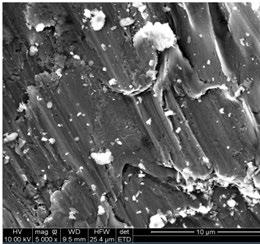

USACE operates and maintains more than 700 large dams across the country, many of them past their expected design life and in deteriorating conditions, and inspectors must make regular assessments to ensure safe and continued operations. This is no small task, but it is becoming increasingly more detailed, exact and safer for those involved thanks to the development and deployment of advanced robotics.
Through ongoing research and development, ERDC engineers and scientists are discovering new robots, systems and capabilities to help keep USACE team members out of harm’s way, while at the same time providing high-fidelity information about the health and condition of many of our nation’s valuable infrastructure components.
One such robotic system, DamBot™, allows for precise and repeatable inspections that can be viewed remotely, meaning inspectors can do their jobs from a safe distance. Successful field tests were held at Blue Mountain Dam in Arkansas and Mojave River Dam in California, where a smaller version of the platform was demonstrated.
The potential uses for robotic systems span all of USACE’s military and civil works missions. And, the development of these systems and capabilities further supports many of USACE’s research and development priorities.



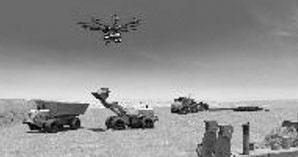


To learn more about this research, visit: https://www.usace.army.mil/Media/News/ NewsSearch/Article/3097752/robotics-within-usacethe-future-is-right-now/
“Allowing USACE team members to complete certain tasks remotely significantly improves safety and increases capabilities. We can use our technology, the DamBot™, to create a full picture for dam inspectors to assess conditions without putting themselves at risk.”

 - DR. ANTON NETCHAEV
- DR. ANTON NETCHAEV

The DamBot™ allows for precise and repeatable inspections that can be viewed remotely, allowing inspectors to do their jobs from a safe distance.
 Dr. Anton Netchaev Research Computer Scientist U.S. Army Engineer Research and Development Center
Dr. Anton Netchaev Research Computer Scientist U.S. Army Engineer Research and Development Center
At its most basic, a digital twin is a virtual representation of a real-life system, piece of equipment or valuable infrastructure, or the plans for an impending project, system or equipment. While this definition is broad, the technology’s application is even broader, but has the single focus of providing new insights to old and current challenges.


For USACE, digital twins across the enterprise are helping build better, build stronger and ensure projects are being completed on time and on budget.
From the construction of the new hospital in Fort Leonard Wood, to virtual replicas of structures and operation

systems at hydroelectric dams, to reconstruction efforts at Tyndall Air Force Base in northwest Florida and providing virtual testbeds for the U.S. Army’s installations of the future, digital twins of all kinds have shown their worth in helping USACE.
Advancements in digital twins, particularly in the use of augmented virtual reality, have allowed USACE Districts and Divisions a new capability to access challenging engineering issues and connect with a wider ecosystem of subject matter experts.


To learn more about this research, visit: https://www.usace.army.mil/Media/News/NewsSearch/ Article/3097614/a-digital-partner-to-buildingbetter-faster/
“If a picture is worth a thousand words, then a prototype is worth a thousand meetings, and we are saving that time and increasing stakeholder awareness. We are increasing knowledge transfer, so everyone is on the same page when the keys are turned over.”
JONATHAN
In collaboration with the development of advanced sensor technology, digital twins provide insight into the operations of infrastructure components, allowing for detailed analysis of critical systems.
Jonathan Boone Research Civil Engineer U.S. Army Engineer Research and Development Center
Dr. Ned Mitchell is a research civil engineer with the ERDC Coastal and Hydraulics Laboratory. Dr. Mitchell and his wife, Mary Beth, have four children, and said they are the “proud, but very busy, parents of this wild crew.”
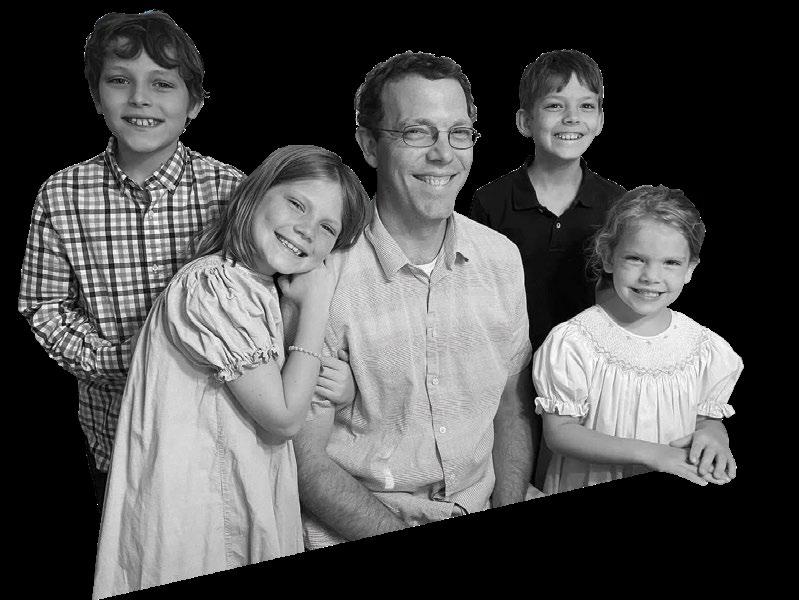
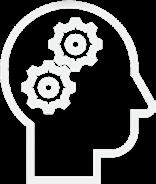
R&D is important because it is the process by which we come up with new and better solutions to longstanding, critical problems that our customers face. A lot of times that means taking an idea or a method that has already been applied to another set of problems in a different field and repurposing it for something else. Other times it’s just taking advantage of newer, more powerful technologies that can deploy the same solutions faster or cheaper. Either way, R&D is how we conceptualize, propose, test, and ultimately implement these solutions.
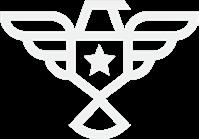
Where do you see the need for more R&D?
I’m going to reinterpret this question a little bit if that’s okay, because the greatest need that I see is for us to be more communicative with our customers about our full range of problem-solving tools and resources. Oftentimes our field customers simply aren’t aware of ERDC’s capabilities that could be saving time and money, and likewise, we don’t have automatic visibility into their problem space. In addition to publishing our work and participating in conferences, we need to be outgoing with our field customers and strive to understand their needs and the constrained resource environment within which they have to make decisions.
Below are the current Top 10 USACE R&D Priorities to address the Nation’s toughest challenges with multi-disciplinary solutions. These strategies lay the foundation for a bold, new era of USACE R&D. @USACEHQ
Mitigate & Adapt to Climate Change
Win Future Wars
Modernize Our Nation’s Infrastructure
Support Resilient Communities



Enable Smart & Resilient Installations



Ensure Environmental Sustainability and Resilience
Secure Reliable Installation Energy
Revolutionize and Accelerate Decision Making


Improve Cyber and Physical Security

Protect and Defend the Arctic
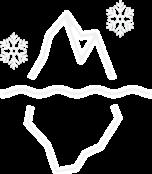
US
SCAN FOR MORE ON USACE R&D PRIORITIES


